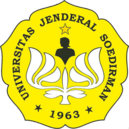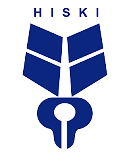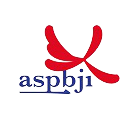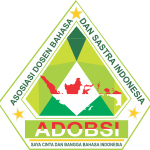THE FUNCTIONS OF HEDGES IN THE CONCLUSION SECTION OF THESES WRITTEN BY THE INDONESIAN EFL STUDENTS
Abstract
This article provides the explanation about how hedges function in the conclusion section based on Hyland’s hedges functions (1996). This study belongs to descriptive qualitative. The data sources of the study were conclusion sections of theses in English written in the year of 2000 to 2010. Based on the analysis of hedges function proposed by Hyland, the Indonesian EFL students mostly used hedges as writer-oriented hedges, 37 %. It seems that the students could not minimize mistake upon statement in the proposition, could not show less absolute statement, and also could not convey arguments or statements speculatively. English lecturers should take hedges as one of the learning materials so that the students will be familiar in applying them for the academic writings. Moreover, I think that hedges studies provide assistance for the students in employing hedges appropriately.
Authors who publish with Jurnal Ilmiah Lingua Idea agree to the following terms:
- Authors retain copyright and grant the journal right of first publication with the work simultaneously licensed under a Creative Commons Attribution License (CC BY-SA 4.0) that allows others to share the work with an acknowledgment of the work's authorship and initial publication in this journal.
- Authors are able to enter into separate, additional contractual arrangements for the non-exclusive distribution of the journal's published version of the work (e.g., post it to an institutional repository or publish it in a book), with an acknowledgment of its initial publication in this journal.
- Authors are permitted and encouraged to post their work online (e.g., in institutional repositories or on their website) prior to and during the submission process, as it can lead to productive exchanges, as well as earlier and greater citation of published work.



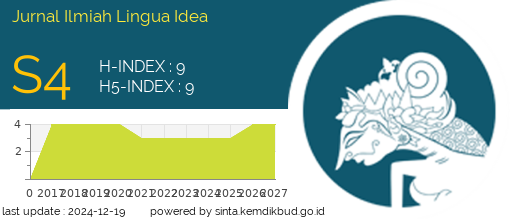


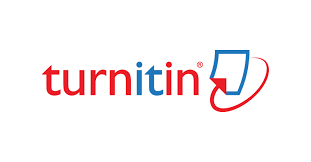













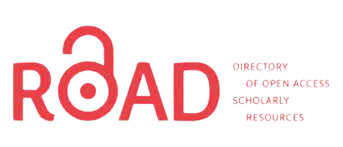
.png)
